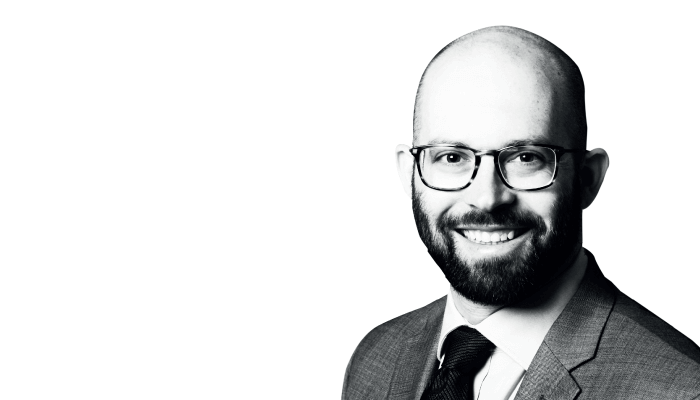
In the months leading up to 2020, many ophthalmologists found themselves reflecting on the significance of the year ahead – and we at Wills were no exception. As we thought about our history – and our future – there seemed no better way to celebrate our legacy as the oldest and largest ophthalmology training program in the US than to reinvest in our mission: to care for patients and train ophthalmologists with skill and compassion.
After much work, the William Maul Measey Ophthalmic Surgical Training Laboratory (MOST) Lab came into existence. The lab consists of nine custom adjustable workstations that can be adapted to the ergonomics of the operating surgeon and mentor. Each station has an OR-grade microscope with a camera, a monitor, and recording capability. Stations are integrated into an A/V system that allows for video sharing to a large-format monitor or individual screens, facilitating valuable collaborative learning among trainees.
We also have complete sets of surgical instrumentation, tissue models, and a diverse range of phacoemulsification and vitrectomy units. Because our program has used a virtual reality surgical training simulator (VRmagic EyeSi) in the past with good results, we added another unit and integrated it with other residency programs worldwide to provide standardized training and objective feedback. But even more valuable than our state-of-the-art equipment is our lab manager, a trained ophthalmic technician who keeps the lab organized, stocked, scheduled and, most importantly, clean!
The lab has seen almost daily usage by residents and fellows, and has played host to over 15 large-format courses this past year, many of which have benefited from our enhanced facilities. We have been excitedly updating our surgical training curriculum to maximize future use of the facility. We have started new and improved courses for upper-level residents and fellows, including MIGS, glaucoma filtering surgery, complex cataract cases, IOL fixation, DMEK/DSEK, and corneoscleral suturing. We have also integrated additional practical training earlier in residency, with first- and second-year residents now getting structured bimonthly exposure to practical, level-appropriate topics in the lab.
During the COVID-19 lockdown, we saw increased use in a safe and socially distanced fashion. We have begun trialing a remote proctoring solution whereby residents working in the lab can send video signal from the microscope to a remote attending, allowing them to maintain and improve their surgical skills while live surgeries are on hold. Our workstations are mobile and, for larger courses, we have split them out to additional locations for appropriate social distancing.
With the help of our faculty and alumni, we are now developing a new surgical resource library – including lectures, photos, surgical videos, and operative reports – to help surgeons and clinicians all over the world become better, faster, and safer at what they do. We are also working with industry to provide a location to introduce novel devices and procedures to surgeons, as well as provide hands-on CME.
When I was a resident at Wills a decade ago, I knew I was in a special place. Now that I’m on the other side of the microscope, training residents in the lab and operating room, I am even more certain. It really is amazing what a dedicated group of individuals can accomplish with vision and support.
As our profession becomes more technically complex, we have a unique opportunity to help our trainees become truly proficient – and even improve our own expertise in the process. I am thankful to be a part of the next generation of excellence at our institution, and I intend to do everything I can to pay it forward.
